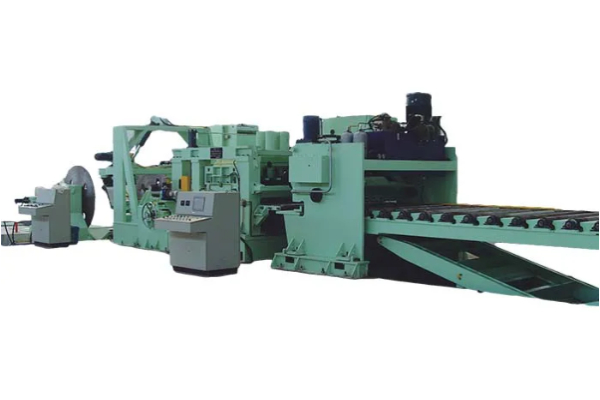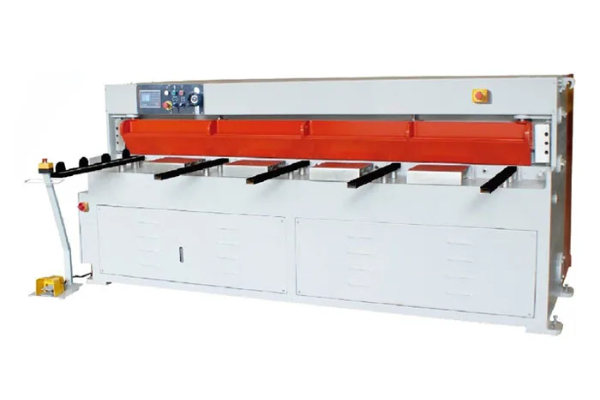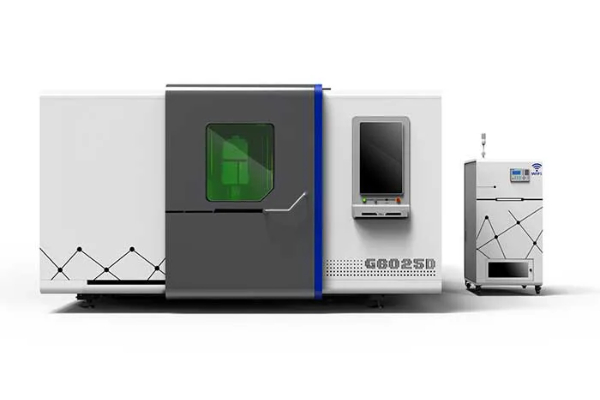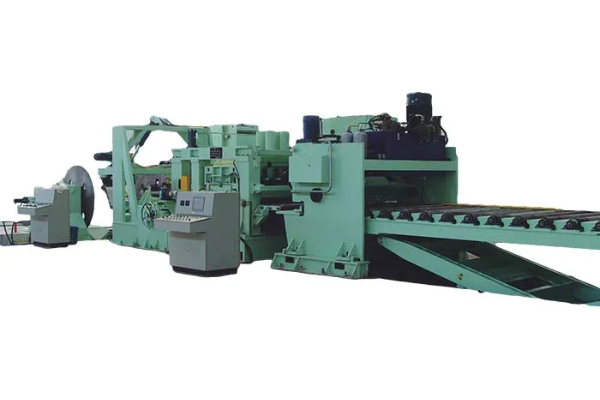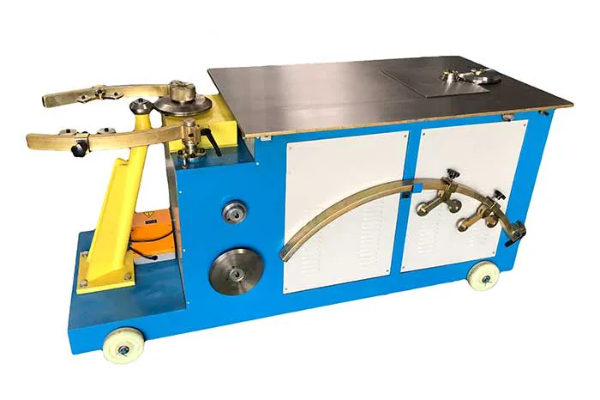
Troubleshooting for Flawless Bends- Common Plate Bending Issues Solved
- By:Metmac
- 2024-05-17
- 373
Plate bending is a crucial process that requires precision and expertise to achieve flawless results. However, even the most experienced fabricators can encounter challenges that compromise the quality of the bends. “Troubleshooting for Flawless Bends: Common Plate Bending Issues Solved” is a comprehensive guide that provides insights into the most common issues and their effective resolutions.
Springback: Overcoming Dimensional Errors
Springback is the natural tendency of metal to return to its original shape after being bent. To counteract this, “Troubleshooting for Flawless Bends” recommends strategies such as overbending the plate slightly, using a higher bending force, or employing springback compensation software to predict and adjust for the deformation.
Cracks: Preventing Material Failure
Cracks can occur due to excessive bending stress, improper setup, or material defects. “Troubleshooting for Flawless Bends” emphasizes the importance of selecting an appropriate material, optimizing tool design, and maintaining proper lubrication to minimize the risk of cracking.
Surface Damage: Preserving Aesthetics and Structural Integrity
Surface damage, including scratches, gouges, and marring, can impair both the aesthetics and structural integrity of the plate. The guide recommends using protective coatings, ensuring proper tool alignment, and employing specialized tools to prevent surface damage.
Distortion: Mitigating Uneven Bending
Distortion refers to uneven bending that compromises the dimensional accuracy of the plate. “Troubleshooting for Flawless Bends” explores causes such as improper tool geometry, non-uniform material thickness, and excessive bending forces. It advises using proper tooling, optimizing material selection, and applying controlled bending forces.
Tooling Issues: Ensuring Precision and Efficiency
Tooling plays a critical role in plate bending. “Troubleshooting for Flawless Bends” identifies common tooling issues, including worn or damaged tools, improper setup, and misalignment. It emphasizes regular tool maintenance, precision alignment, and optimal tool selection to ensure accurate and efficient bending.
Process Optimization: Maximizing Productivity and Accuracy
Optimizing the plate bending process can significantly improve productivity and reduce the risk of errors. “Troubleshooting for Flawless Bends” provides recommendations for process optimization, including appropriate machine selection, efficient material handling techniques, and standardized operating procedures.
Conclusion
“Troubleshooting for Flawless Bends: Common Plate Bending Issues Solved” is an invaluable resource for fabricators seeking to achieve exceptional results in plate bending. By providing insights into common issues and their effective solutions, the guide empowers fabricators to overcome challenges, optimize their processes, and deliver high-quality products that meet precise specifications.
-
Advanced Sheet Metal Rolling, Cutting, and Folding Machines for Efficient Fabrication
2025/10/22 -
High-Precision Sheet Metal Bending and Cutting Solutions for Modern Manufacturing
2025/10/22 -
High-Precision Solutions from Leading Sheet Metal Cutting Machine Manufacturers
2025/09/11 -
Reliable Sheet Metal Equipment for Sale to Support Precision Fabrication
2025/07/17
-
Advanced Sheet Metal Rolling, Laser Cutting, and Folding Machines for Precision Fabrication
2025/10/31 -
High-Performance Sheet Metal Bending and Cutting Machines for Modern Fabrication
2025/10/31 -
High-Quality Sheet Metal Equipment for Sale: Efficient Solutions for Modern Manufacturing
2025/10/31 -
High-Performance Sheet Metal Equipment for Sale: Forming and Shearing Solutions for Modern Fabrication
2025/10/22
-
Innovations in Steel Strip Slitting Machine Design and Technology
2024/05/11 -
Improving Accuracy in Metal Fabrication with Laser Metal Shear Machines
2024/05/11 -
Latest Technological Advancements in Rectangular Duct Machines
2024/05/11 -
Integrating Automation with Rectangular Duct Machines for Enhanced Productivity
2024/05/11
-
A Guide to the Latest Innovations in Sheet Metal Folding Machines
2024/11/29 -
Key Features to Consider When Investing in a Sheet Metal Folding Machine
2024/11/28 -
Enhancing Precision with Advanced Sheet Metal Folding Machines
2024/11/27 -
How to Choose the Right Sheet Metal Folding Machine for Your Workshop
2024/11/26
